The Langerhans Islands are a collection of cells found in the pancreas. They produce and release insulin, and regulate blood sugar levels.
What are the Langerhans Islands?
The pancreas is made up of a wide variety of cell types.Between the glandular tissue there are about a million cell clusters that are arranged in islands and are known as islets of Langerhans. They were named after the physician Paul Langerhans and have the task of regulating the blood sugar level via the hormones glucagon and insulin.
Anatomy & structure
The islets of Langerhans are collections of cells made up of around 2000 to 3000 cells. The islands make up about one to three percent of the mass of the pancreatic tissue and are more common in the tail area than in the head area. Overall, a distinction is made between four endocrine islet cell types: The B cells are responsible for the production of insulin. They can be shown selectively by immunohistochemistry and contain very typical secretion granules and a crystalline center under the electron microscope. The glucagon is made by the A cells that are located in the outer area of the islets. They are larger than the B cells and make up about twenty percent of the islet cells.
If the glucose concentration in the blood drops, the A cells release glucagon. This increases the glucose release or glucose synthesis and the blood glucose concentration rises. The D cells produce somatostatin, which inhibits the secretion of glucagon and insulin. The fourth group are the PP cells, which produce the pancreatic polypeptiol, which inhibits the secretion of the pancreas. One islet is supplied by one to three islet arterioles. These can split into capillaries in the outer area of the island or in the center. This means that the islands are supplied from below or from the surface. There are also several purging vessels through which the blood leaves the islets. These are called insuloacinar portal vessels and open into the exocrine acinar cells.
Function & tasks
Glucagon and insulin, both of which are important for carbohydrate metabolism, are produced in the Islets of Langerhans. With the help of insulin, the blood sugar level is lowered. If carbohydrates are ingested, insulin is released, which promotes the utilization or absorption of glucose. If insulin is formed, the proinsulin is divided into a C-peptide and an insulin molecule, both of which are released in the same ratio. This makes it possible to determine whether the body's own insulin is still being produced. In addition, the insulin also influences the appetite and prevents fat tissue from being broken down.
If the insulin is not working properly, very high triglyceride levels can be detected. If there is a complete insulin deficiency, the body becomes inundated with fatty acids and severe metabolic disorders occur. The antagonist to insulin is glucagon. Glucagon promotes glycogen breakdown in the liver and stimulates insulin secretion. If the blood sugar level drops or if you eat a meal that is very rich in protein, glucagon is released. Glucose is then released in the liver, causing the blood glucose level to rise again. This reciprocal glucagon and insulin synthesis means that the blood glucose level can normalize very quickly.
Diseases
A very common disease is diabetes mellitus (diabetes). Diabetes is characterized by high blood sugar levels and sugar in the urine. Patients also complain of severe thirst, impaired vision, itching, skin infections, and weight loss. A high blood sugar level causes damage to the blood vessels and cholesterol and fats are deposited, which increases the risk of a heart attack. The eye can deteriorate, even blind, and the kidney can fail completely. In addition, the nerves in the feet and legs can be damaged, so that minor injuries are often not noticed.
When the wounds become infected, ulcers develop, leading to what is known as a diabetic foot. In type 1 diabetics, very little or no insulin is released because the B cells have been destroyed by the immune system. In type 2 diabetics, the body cannot respond adequately to the released insulin and the production of insulin decreases. This type is also called "old-age diabetes" because it usually does not appear until the age of about 56, but it can also develop in overweight people or people with high blood lipids. Another form of diabetes can also occur during pregnancy, as there is an insensitivity to insulin, which is hormonal.
This leads to a pathological glucose tolerance, which disappears after pregnancy. Secondary diabetes occurs as a result of other diseases, for example due to diseases of the pancreas, an overactive thyroid, infections or long-term medication use. Insulin secretion can be restored by grafting isolated islet cells. To do this, islet cells are first isolated from a donor's pancreas in a very complex process and then cleaned.
Then the cells are washed into the liver with the help of a catheter, where they resume the regulation of blood sugar. So that the foreign tissue is not rejected, an immunosuppression (suppression of the immune system by drugs) is necessary. Many diabetics can do without injected insulin, but the duration of the success is relatively limited. Many transplant recipients need insulin again after about a year, so islet cell transplantation is still not a routine procedure in diabetology.
Typical & common diseases of the pancreas
- Inflammation of the pancreas (pancreatitis)
- Pancreatic cancer (pancreatic cancer)
- Diabetes mellitus

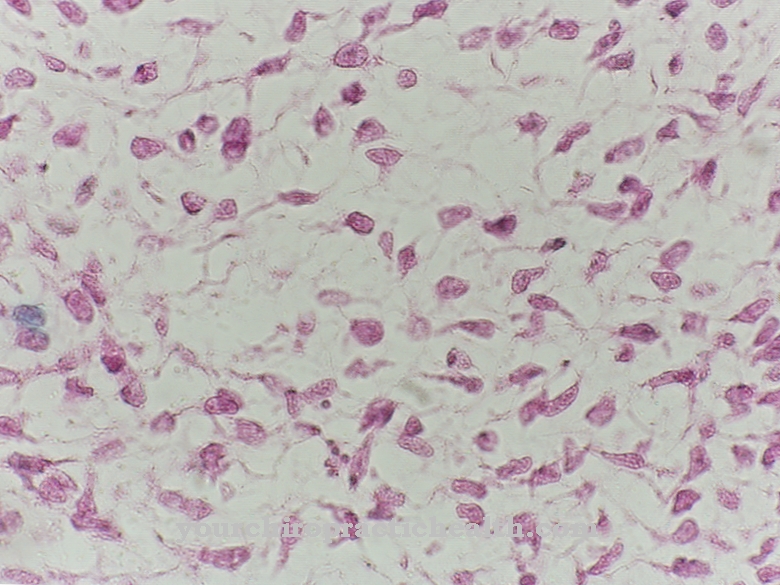

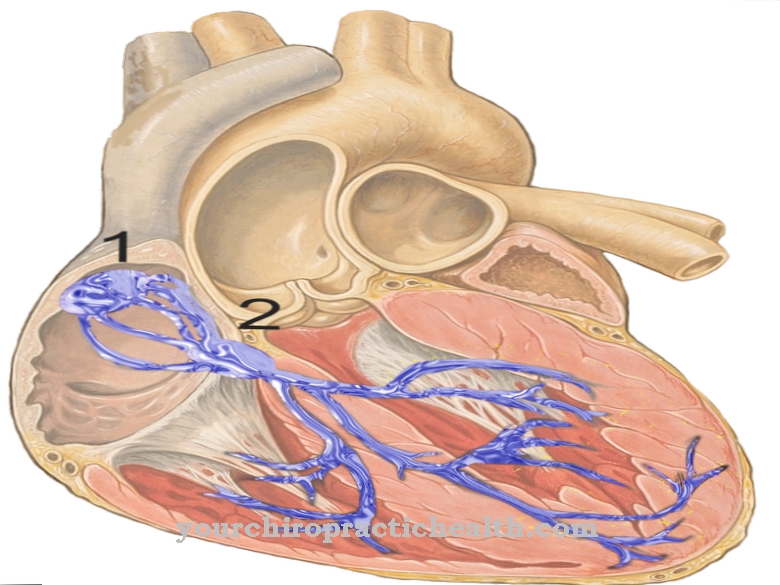




.jpg)

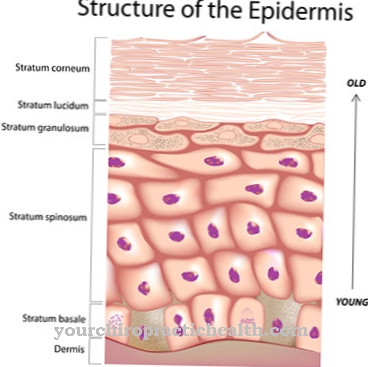

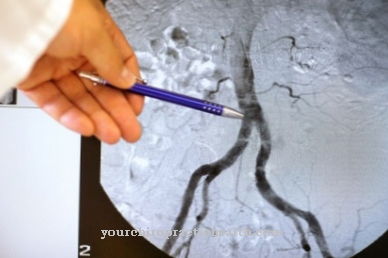
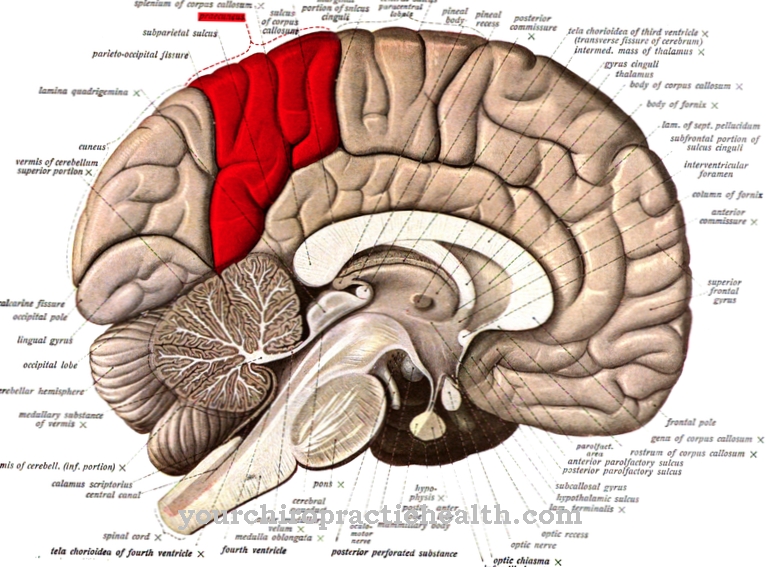
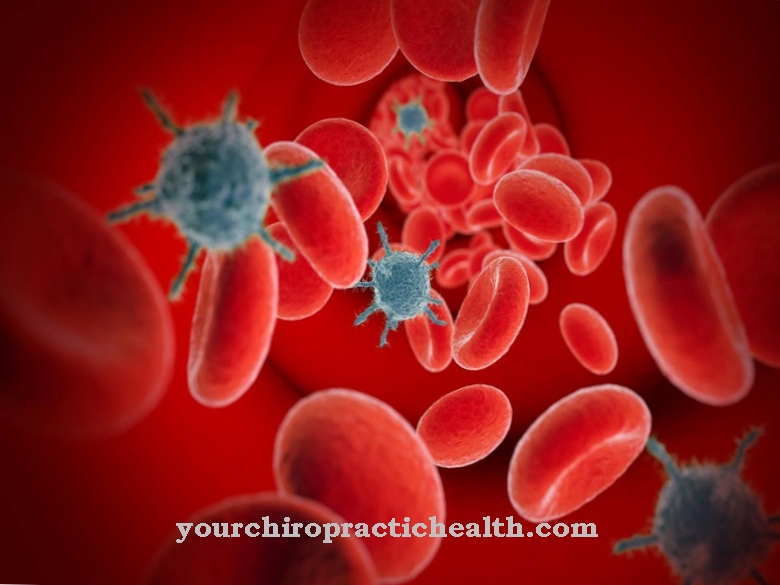


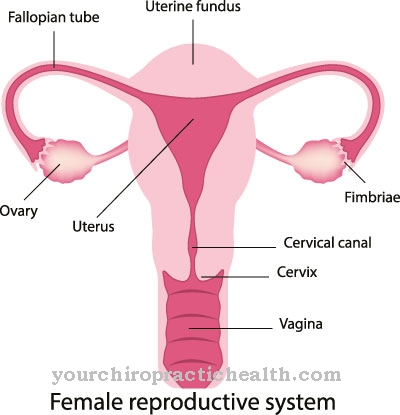





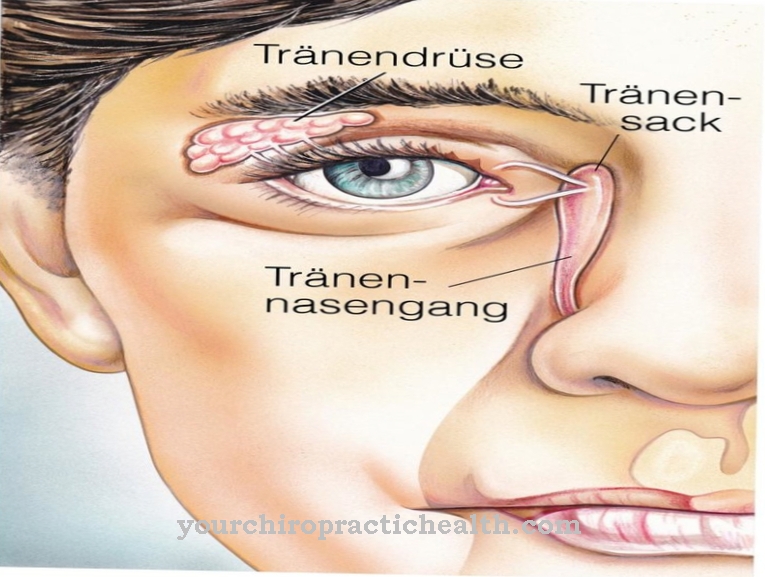



.jpg)
